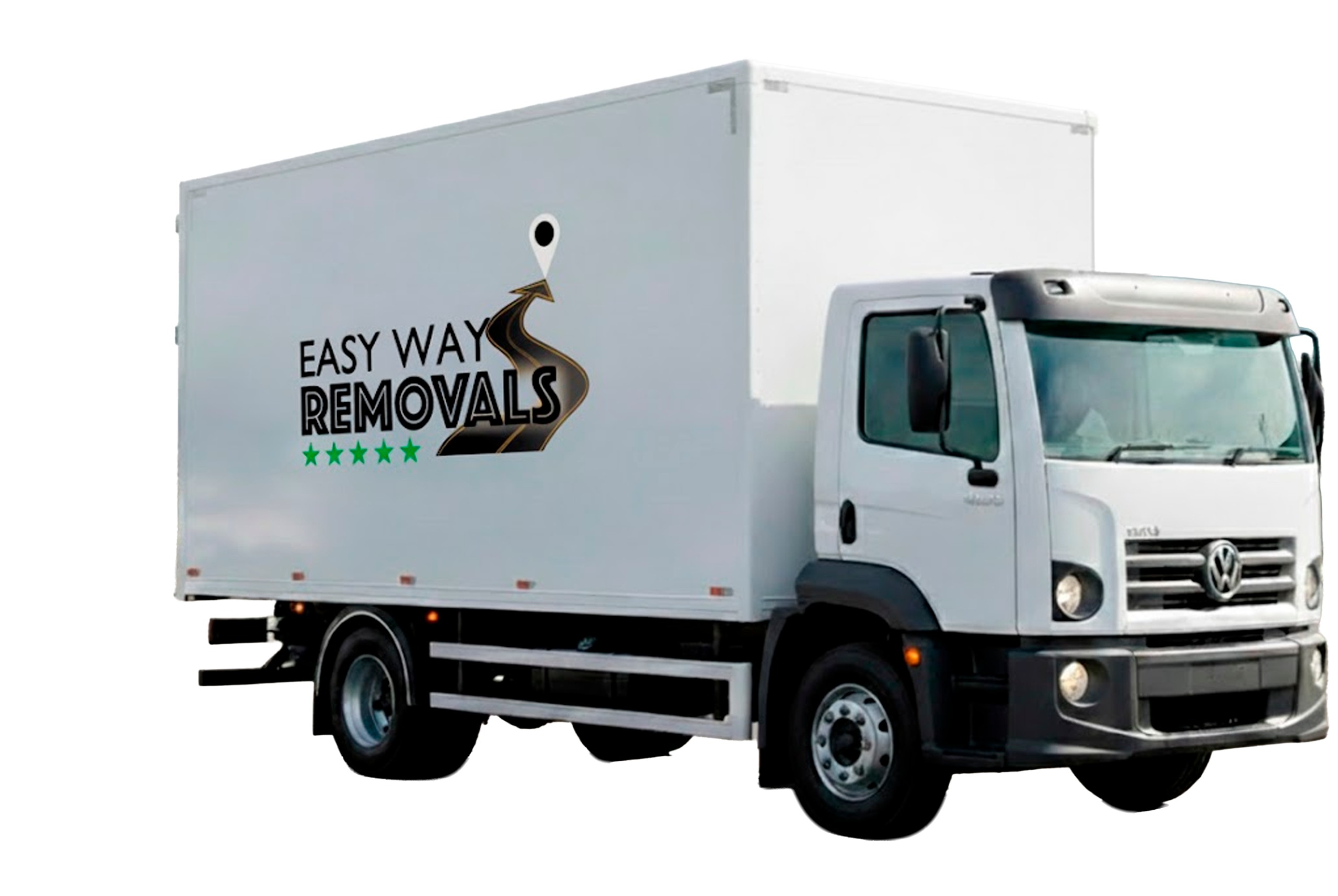Moving to a new home? Wrapping your furniture the right way is key to making sure everything gets there in one piece. If you skip this step, you could face scratches, dents, or even broken furniture.
But don’t worry! We’ve got the best pro tips on how to wrap furniture for moving. Simply put, to wrap furniture for moving, use moving blankets, bubble wrap, and stretch wrap to protect surfaces and secure items.
Be sure to cover all parts and avoid taping directly to delicate areas.
Let’s get into the details of this topic.
Materials You Need for Wrapping Furniture
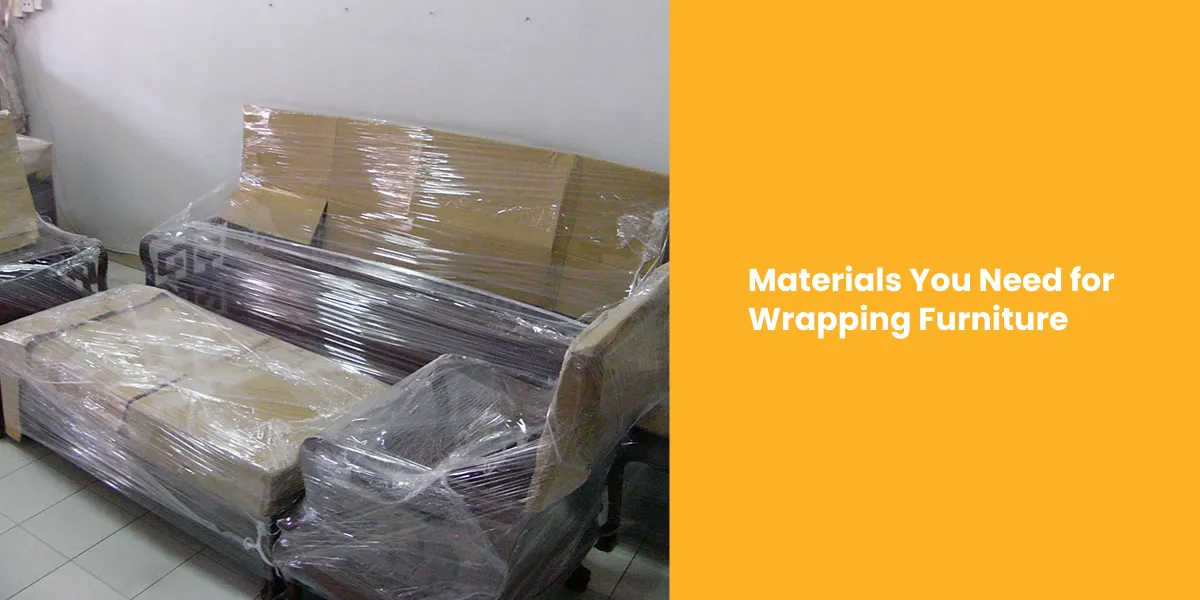
Before you start, you’ll need the right materials to protect your furniture. Here’s what you should have:
- Moving Blankets: Soft blankets that prevent scratches and bumps.
- Bubble Wrap: Extra protection for fragile surfaces like glass or mirrors.
- Furniture Pads: These are thicker than blankets and offer more padding.
- Stretch Wrap: Keeps everything tight and secure without damaging the surface.
- Packing Tape: To seal everything in place.
- Corner Protectors: Special protectors for sharp corners that can get damaged.
- Foam Wrap: Great for delicate and fragile items.
Step-by-Step Guide on How to Wrap Furniture for Moving
Now, let’s break it down for each type of furniture.
Follow these steps to protect your things!
Wooden Furniture (Tables, Cabinets, etc.)
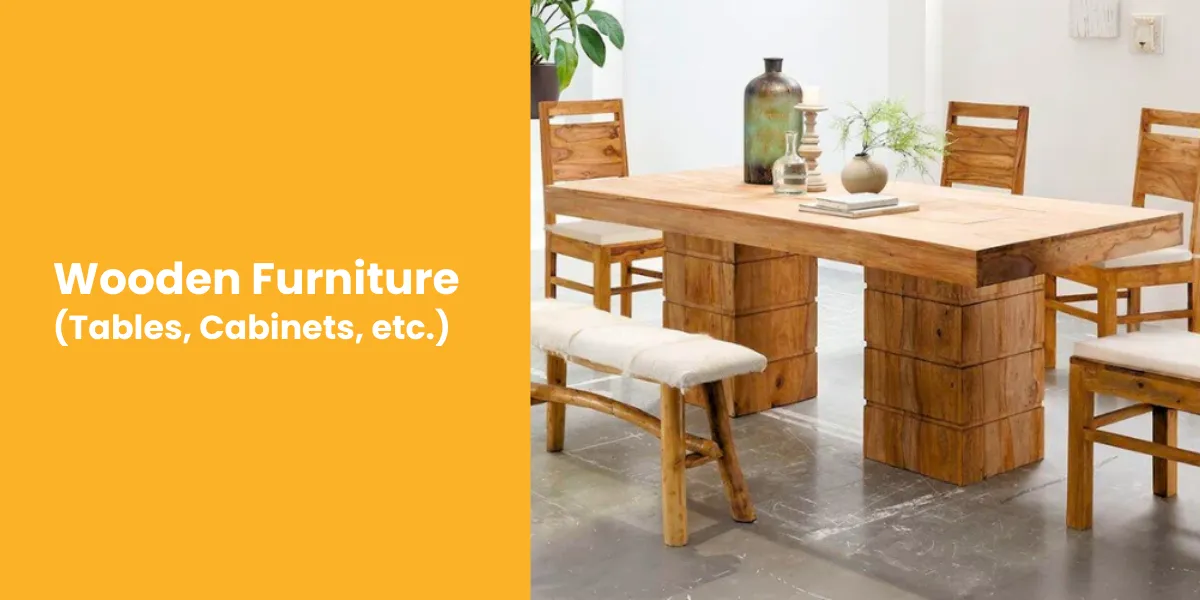
- Use Moving Blankets: Wrap the furniture in a moving blanket, making sure it covers every corner. This will protect your furniture from scratches and bumps.
- Add Stretch Wrap: Use stretch wrap over the blanket. It keeps everything secure without damaging the wood.
- Avoid Tape on the Wood: Never tape directly to wood surfaces. The tape could leave marks or peel off the finish.
Glass Furniture (Tables, Shelves, etc.)
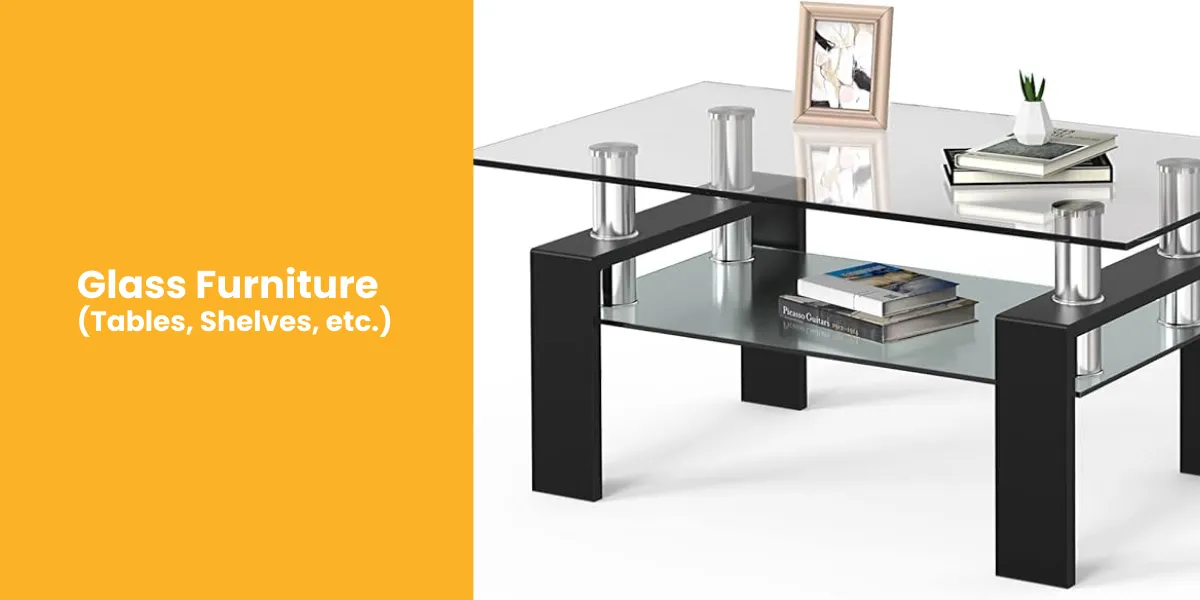
- Bubble Wrap First: Start by wrapping glass surfaces in bubble wrap. Make sure there’s enough to cover the whole surface, especially the edges.
- Foam Wrap for Extra Protection: After bubble wrap, add foam wrap to ensure nothing cracks.
- Label the Glass: Mark it as “Fragile” to make sure everyone handles it carefully.
Upholstered Furniture (Couches, Chairs)
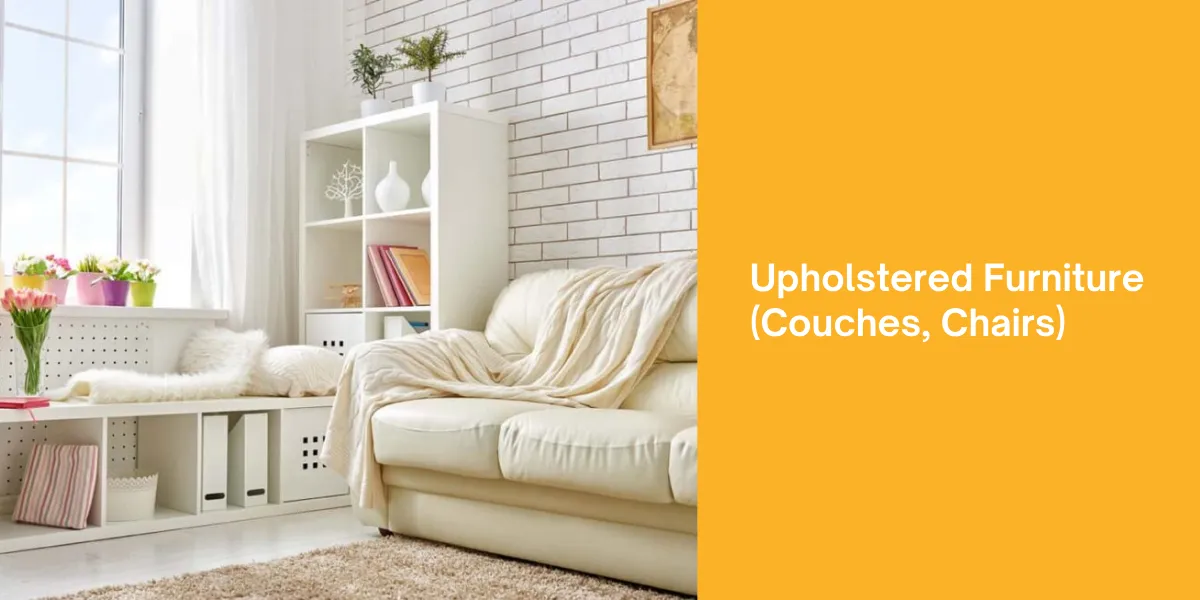
- Use Furniture Pads: Furniture pads are great for protecting upholstery from dirt and tears.
- Add Stretch Wrap: Once the pad is in place, secure it with stretch wrap. This will keep the pad in place and protect the fabric.
- Don’t Over-Tighten: Be careful not to pull the wrap too tight—it could damage the fabric or cushion.
How to Plastic Wrap Furniture for Moving
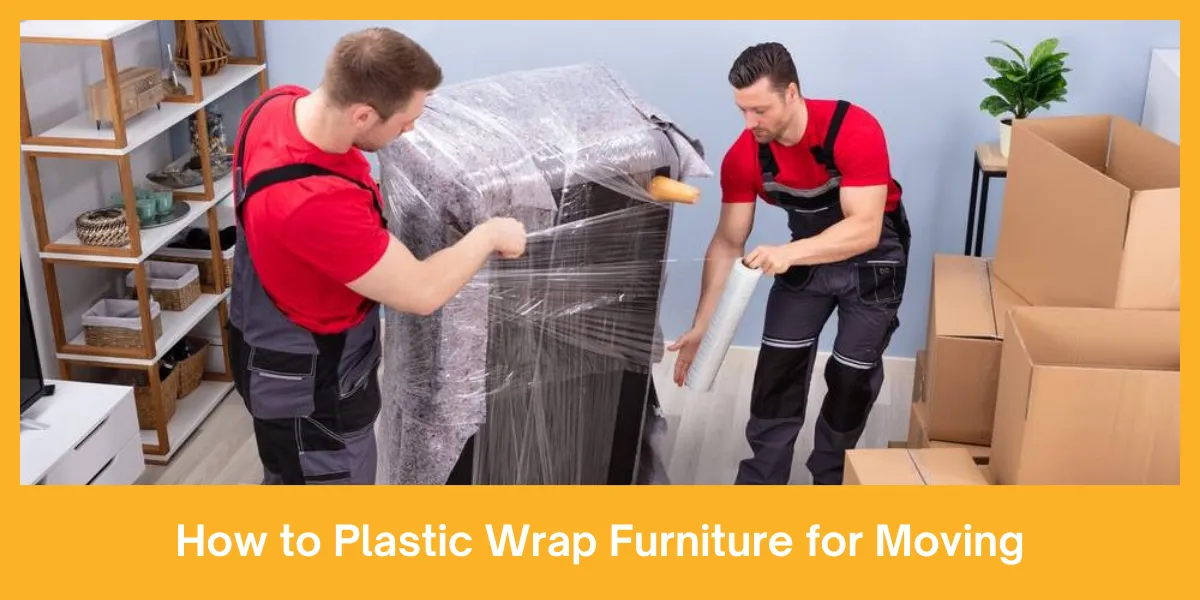
Plastic wrap is great for holding things in place and keeping your furniture free from dust or dirt during the move.
Here’s how you can plastic wrap your furniture:
- Start with Clean Furniture: Make sure your furniture is free from dust or dirt before wrapping it with plastic.
- Wrap with Stretch Wrap: Start at the base of the furniture and wrap upwards. Use plastic wrap to cover every surface, focusing on areas that could get scratched or damaged.
- Secure the Ends: After wrapping, use tape to secure the ends of the plastic wrap. This keeps it in place while being moved.
Plastic wrap is especially useful for preventing dirt and dust, especially if your furniture will be in storage for a while.
In addition, want to learn how to pack glasses, pictures and plates for moving house? Visit these insightful blogs now!
Professional Movers’ Tips and Techniques

Sometimes, wrapping big or delicate furniture can be tough. If you’re unsure, it might be time to call in the pros. Movers have the tools and experience to get the job done right.
When to Call in Movers
- Big or Heavy Items: If you’re dealing with heavy furniture, like large sofas or big dressers, movers can handle it better than you can. They’ll have the right equipment to safely move everything.
- Fragile Furniture: If your furniture has glass, mirrors, or any delicate parts, it’s best to let the movers wrap it. They know how to protect it.
Mover’s Secrets
- Specialised Equipment: Movers use things like padded furniture straps and moving dollies to make sure everything is secure.
- Best Practices: Movers know how to disassemble furniture, like taking off legs from chairs or tables, to make moving easier and prevent damage.
If you want to take professional mover’s help, Easy Way Removal is here to help! If you take our Easy Man and Van Removal Service in London, we not only move your furniture, but we also carefully wrap it to keep it safe.
Our team uses blankets, bubble wrap, and stretch wrap to protect everything during the move. We’ll handle the packing, loading, and unloading with care.
Just sit back and relax while we take care of the heavy lifting and ensure your furniture stays safe.
Also, do you need moving supplies? We’ve got everything you need! Get moving kits, strong boxes, bubble wrap, packing tape, and more with next-day delivery.
Plus, enjoy free delivery on orders over £60. Our moving kits are great for any move in the UK, whether it’s big or small!
Let us make your move easy and stress-free!
Common Mistakes to Avoid While Wrapping Furniture
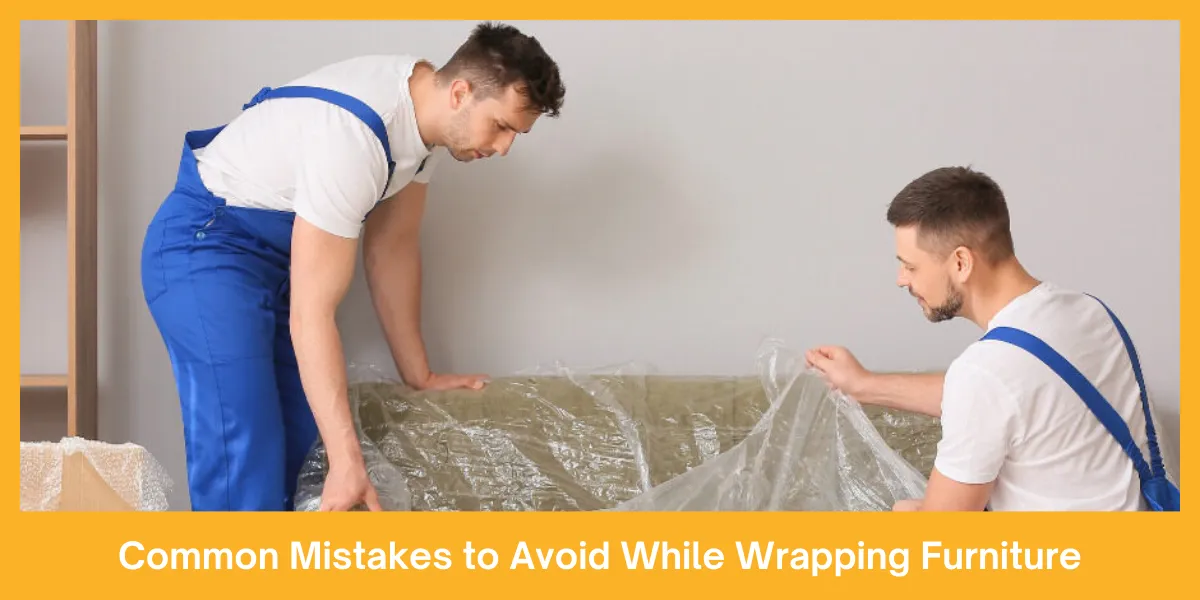
It’s easy to make mistakes when wrapping furniture, but we’ve got you covered. Avoid these common errors:
- Overwrapping: Wrapping furniture too tightly can cause pressure marks or even break fragile parts. Keep it snug but not too tight.
- Under-Wrapping: If you don’t use enough material, your furniture could get damaged during the move. Always cover every part.
- Using the Wrong Materials: Using thin or cheap materials can lead to damage. Stick to quality materials, like furniture pads or bubble wrap, for extra protection.
Do’s and Don’ts of Furniture Wrapping
| Do’s |
Don’ts |
| Use moving blankets or pads |
Don’t use plastic bags for wrapping |
| Wrap tightly, but not too tight |
Don’t tape directly to the wood |
| Add cushioning for fragile parts |
Don’t skip wrapping fragile items |
Additional Tips for Maximising Protection
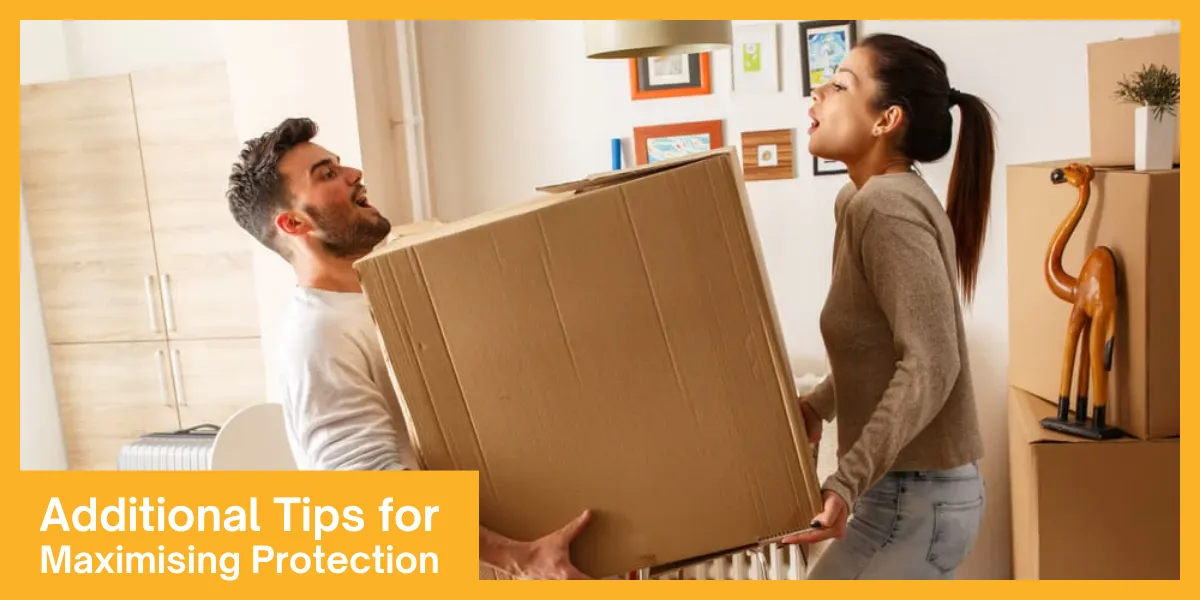
Want to go the extra mile? These tips will help you ensure your furniture is extra safe:
- Label Everything: Use big, clear labels to mark fragile items. This helps movers know exactly how to handle them.
- Cushion Between Pieces: When stacking furniture, make sure to put padding between each piece to prevent damage. Foam, bubble wrap, or even old towels work well.
Cushioning Options with Benefits
| Cushioning Option |
Best For |
Benefits |
| Foam Wrap |
Fragile Furniture |
Soft and protective |
| Bubble Wrap |
Glass or Delicate Items |
Shock absorption |
| Old Towels |
General Padding |
Soft, reusable, and cost-effective |
How to Save Time and Money During the Moving Process

Moving doesn’t have to be stressful. By planning ahead, you can save both time and money:
- Pack and Wrap in Stages: Start wrapping your furniture a few days before the move. This gives you time to do it carefully and avoid last-minute stress.
- Rent Moving Kits: If you’re on a budget, consider renting a moving kit with all the materials you need. It’s a cost-effective solution.
If you’re interested in learning “How do I pack up a house to move with Easy Way Removals,” you can check out this insightful blog now!
Wrapping Up
So, that’s all about how to wrap furniture for moving. Wrapping furniture properly is crucial to a smooth, damage-free move. No matter if you’re wrapping wood furniture, glass, or upholstery, using the right materials and techniques, is key.
And, if you’re unsure, don’t hesitate to call in the pros. They have the skills and tools to ensure everything arrives safely at your new home.
Remember: the right preparation can make your move a whole lot easier.
Got any questions? Ask away! 😊
Also, want to learn the overall process of packing electronics for moving? Don’t worry! Check out this insightful guide now!









